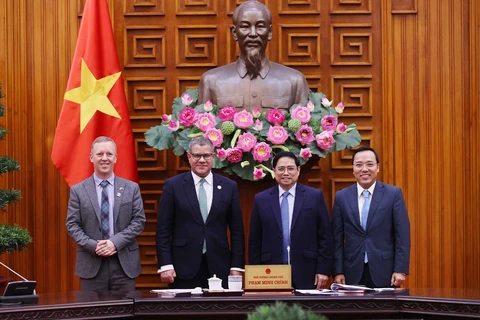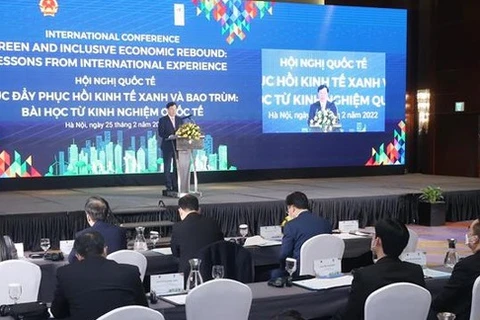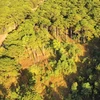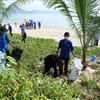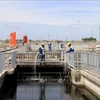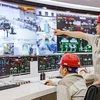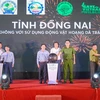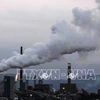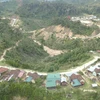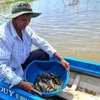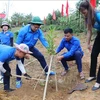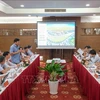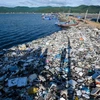 The Mekong Delta region of Vietnam is among three deltas in the world forecast to be impacted by flooding (Photo: VNA)
The Mekong Delta region of Vietnam is among three deltas in the world forecast to be impacted by flooding (Photo: VNA) Firstly, an active mindset on climate change adaptation is crucial, the expert held.
He noted that the Mekong Delta region has received its historical lessons from the switching of its policy from fighting flood, salinity and drought to adapting to the disasters. Structural solutions are essential, but non-structural ones are necessary too. Careful calculations of cost and benefits as well as the “no regret” rule are needed in making the decision to invest in any work, stressed the author.
The second pillar is to boost the regional economic development using advanced science and technology and financial resources. In the process, the people should be placed in the centre to ensure no one is left behind, according to the author.
At the same time, the expert underlined the necessity to strengthen regional connectivity and inter-regional coordination.
He held that the three pillars are important as they set up a framework to build breakthrough mechanisms and policies for the Mekong Delta region, thus optimising opportunities to overcome challenges.
In addition, he also underscored the need for the effective use of human and financial resources as well as science and technology in the field./.
He held that the three pillars are important as they set up a framework to build breakthrough mechanisms and policies for the Mekong Delta region, thus optimising opportunities to overcome challenges.
In addition, he also underscored the need for the effective use of human and financial resources as well as science and technology in the field./.
VNA

